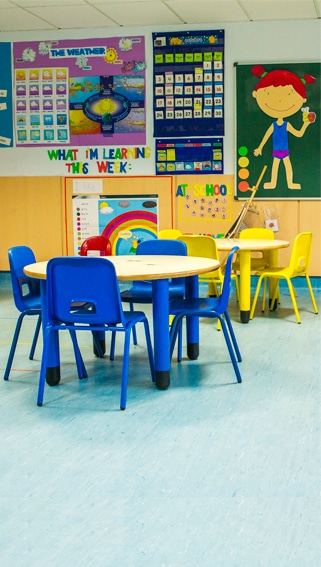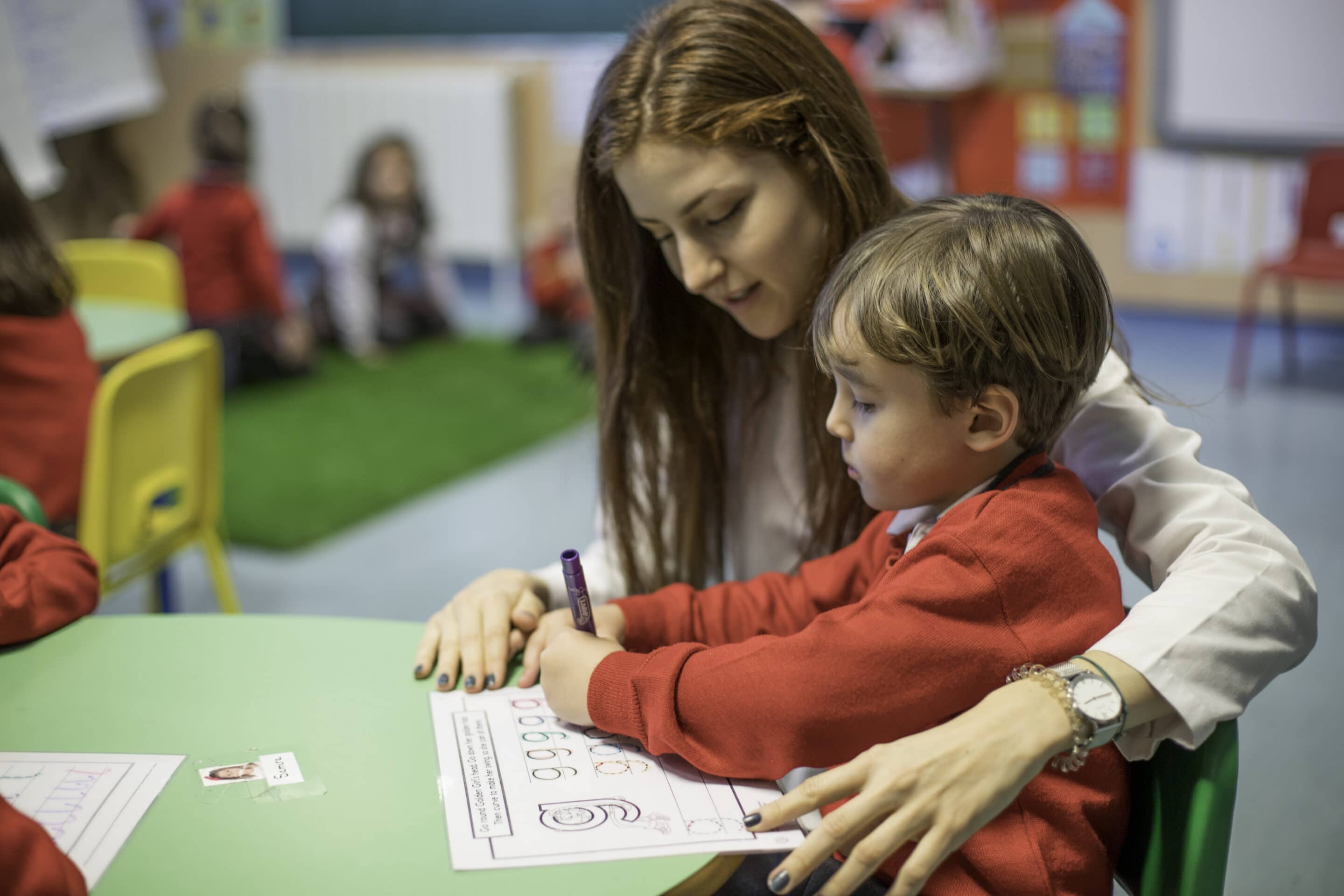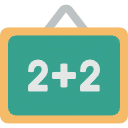
Language Immersion Project

Language Immersion Project
Logos Nursery School incorporates the complete immersion of our students in English during the entire second cycle of infant school (3, 4 and 5 years old) and throughout the whole day. Contact with the language is permanent (classroom, playground, dining room...), incorporating it into the child's communication process in a natural way. Along with all this and taking into account the overall objective for our students, to reach a level considered BILINGUALISM (high knowledge of two languages and their indistinct and frequent use), placing us in a monolingual socio-cultural environment, we understand the need to increase the hours of English, especially in this first stage of contact of the child with the language as a means of communication.
ADVANTAGES OF BILINGUALISM
IMPROVEMENT OF CARE
Improves attention skills and memory training
COMMUNICATION
As a new way of communication, without borders with the world.
RAPPROCHEMENT BETWEEN CULTURES
Breaking stereotypes and broadening new horizons
TOLERANCE
To perceive reality in a more critical way and from a pluralistic perspective.
PROJECT
DE
IMMERSION
LINGUISTICS
Throughout the project we work based on daily practice and experimentation in the game in this case, with a language (English), since it is in this situation where we get the most effective field for the production of new knowledge. Together with the training, through linguistic immersion in English, the scope of student development is comprehensive, seeking the balanced and harmonious development of our children in all dimensions, intellectual, human, social and professional.
All this under the umbrella of values as rules of conduct and attitudes according to which we must learn to behave and that are in accordance with what we consider right, such as respect, friendship, understanding, tolerance, patience, solidarity.
In this way, English becomes the natural means of communication within the school, mainly oral, during these early ages, based on listening and speaking skills, and which will significantly advance the introduction of written (English) language.
Learning by playing
Based on original stories and songs, the method combines global comprehension, active participation, communication, reading comprehension and written expression through playful, multisensory and structured activities. Spiral learning is encouraged, allowing the teacher to go back at any time to reinforce the student's knowledge before advancing and applying it.
THE METHOD
Within an environment of complete immersion in English, we work from the age of 2 with a phonetic method developing clear and clean recognition in the process of verbal communication to lead in 5 and 6 years to reading and writing spontaneously, thus avoiding memorization as the only recognition of words.
"At Logos Nursery School we grow up speaking English".
The path from oral comprehension to comprehension of the written word. Step by step it accompanies the student towards reading comprehension, when scribbles become letters, letters become sounds, sounds become words, words become stories and stories become books. The spoken word is segmented into easily identifiable sounds, these sounds in turn are represented graphically in a letter or combinations of two (digraphs) others (trigraphs) and the way is to internalize the correspondence of each sound in its grapheme, following so they get to decode words and then to read independently.
In English they only have 26 letters to present their sounds and the same sound can appear written in different graphical representations, in fact we learn 44 different graphemes. Students access reading as a mechanical skill (relating sounds to graphemes) and as a comprehension process (associating meanings to a word or sentence). We gradually expand the number of words, sentences and even longer texts that children can read, understand and pronounce but we only ask them to read vocabulary that they have previously encountered in a meaningful context: story, song, activities, etc...
With all this we achieve that at the same time that we develop phonological awareness, children are initiated in oral comprehension and auditory discrimination. In the alphabetic code does not always work there are a number of words, many of them very common that do not follow the code at all, they are not written as they sound. When we try to read them sound by sound, we see that these words have an irregular part have a trick. We call them TRICKY WORDS. While they internalize the correspondence grapheme - sound, they practice the technique of linking sounds (BLENDING) and listen, identify and count the sounds of the words (SEGMENTING). Then we incorporate the (TRICKY WORDS) to form simple sentences until the child is able to read a short text.
TRICKY WORDS BLENDING
SEGMENTING SPEAKING
LISTENING EDUCATION

For reading to be comprehensible, the first rule is that the child should only read words that he/she has already heard and that he/she is able to understand in a meaningful context. We always start with the presentation of a graphic representation of each sound (simple code), and end with the presentation of the most common and relevant orthographic alternatives of the sounds (complex code). The rest of the orthographic alternatives that we do not present in infants, but that must be taken into account later to deepen the reading, we call (advanced code).
In the phonetic method, children read the words and carry out a process of self-correction, since reading always occurs after having worked on the words orally. This allows children to relate what they read with what they know how to say and pronounce correctly.

TEACHERS
As an outstanding feature of this innovative project is the teaching staff, the main engine of the project, which is undoubtedly the greatest potential of the center, using a didactic approach focused on the context and the students, and being at all times a positive role model for each of its students. The human resources are undoubtedly the greatest potential of the center.
Specialized teams by age with extensive experience and with a vocation and dedication to their students worthy of note.
Together with the native teachers, tutors and classroom assistants, other specialists work closely together to teach the complementary activities included in the curriculum, which are: Psychomotricity, Music, Computer Science and Swimming: Psychomotricity, Music, Computer Science and Swimming which complete and consolidate the globalized bilingual project.



